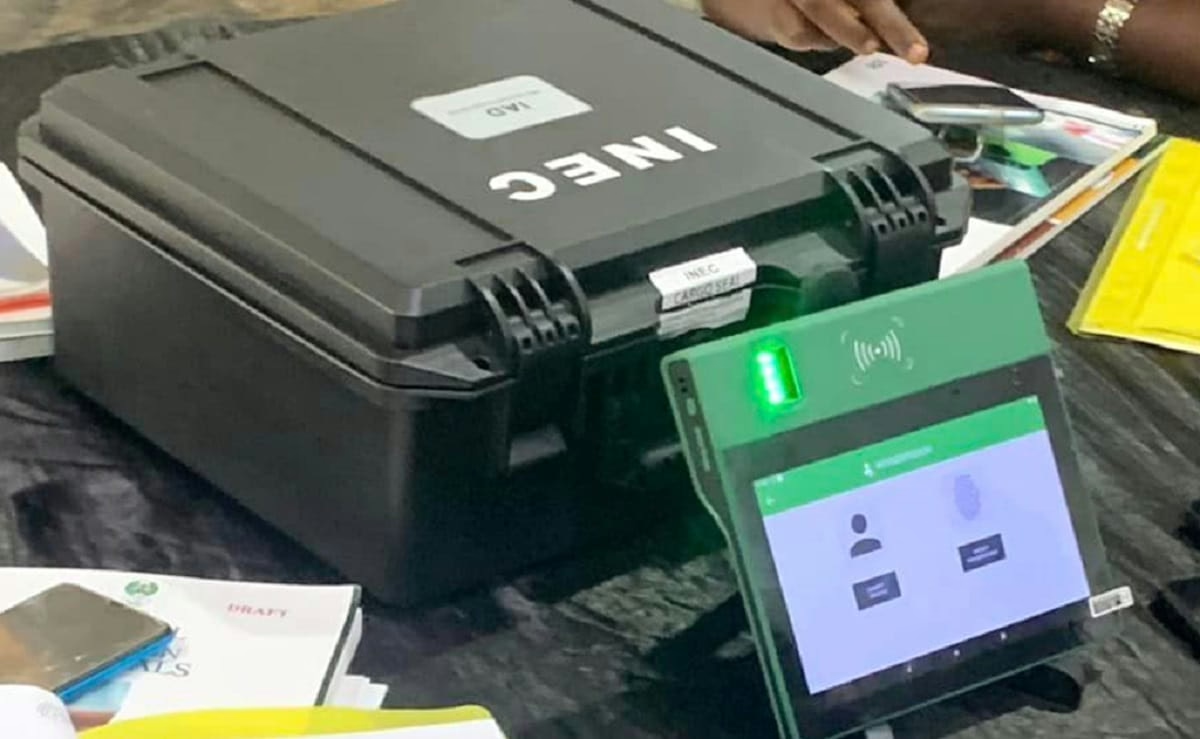Government documents reveal that the Trump administration intends to reallocate terrorism prevention funds, diverting resources away from states governed by Democrats and favoring those led by Republicans. This move is part of a restructuring of a $1 billion program established in the aftermath of the 9/11 attacks.
In response, a coalition of twelve Democratic-led states has filed a lawsuit aiming to halt these budget reductions, accusing the administration of retaliating against them for their refusal to cooperate with federal immigration enforcement.
Initial funding projections were shared by the Trump administration in late summer, outlining expected allocations for each state. However, these figures were subsequently revised downward, as indicated in late September notifications from the Federal Emergency Management Agency (FEMA) received by the states.
States such as Wisconsin, North Carolina, and Ohio-key battlegrounds won by Trump in the 2024 election-experienced the most significant percentage increases in funding, according to federal data examined by Reuters.
Conversely, Democratic strongholds like Washington D.C., Illinois, and New Jersey faced steep cuts: Washington’s allocation was slashed by 70%, Illinois by 69%, and New Jersey by nearly half. California also saw a reduction of 31%.
A Department of Homeland Security (DHS) representative, overseeing FEMA, explained that the revised funding formula places increased emphasis on threats posed by transnational criminal networks-groups operating across international borders-and also factors in illegal border crossings.
Congress established the Homeland Security Grants program following the terrorist attacks on September 11, 2001, to support states and municipalities in countering terrorism and other violent dangers.
Although this funding represents a small portion of the overall federal aid states receive annually, it exemplifies the Trump administration’s broader pattern of altering standard funding distributions, particularly disadvantaging states that voted against him in the 2024 election.
Recently, Trump also slashed billions in energy and infrastructure funding directed at Democratic states such as New York and California, fulfilling his pledge to penalize these states amid the federal government shutdown.
The DHS spokesperson denied that the funding adjustments were politically driven, stating, “These changes are based on a systematic, risk-based evaluation designed to maximize the impact of every dollar spent for the benefit of the American public.”
Nonetheless, Trump has openly connected funding cuts to political motives, declaring last week during the government shutdown, “We’re only cutting Democrat programs.” Meanwhile, a federal judge in Rhode Island has temporarily barred the administration from reallocating the funds until the lawsuit filed by the twelve Democratic-led states is resolved.
On October 7, the Trump administration requested the judge to reconsider her injunction. New York, one of the plaintiffs, initially faced a 77% funding reduction, but on October 3, Trump announced a reversal of that decision without providing further explanation. DHS has not disclosed how this adjustment will impact allocations for other states.






















